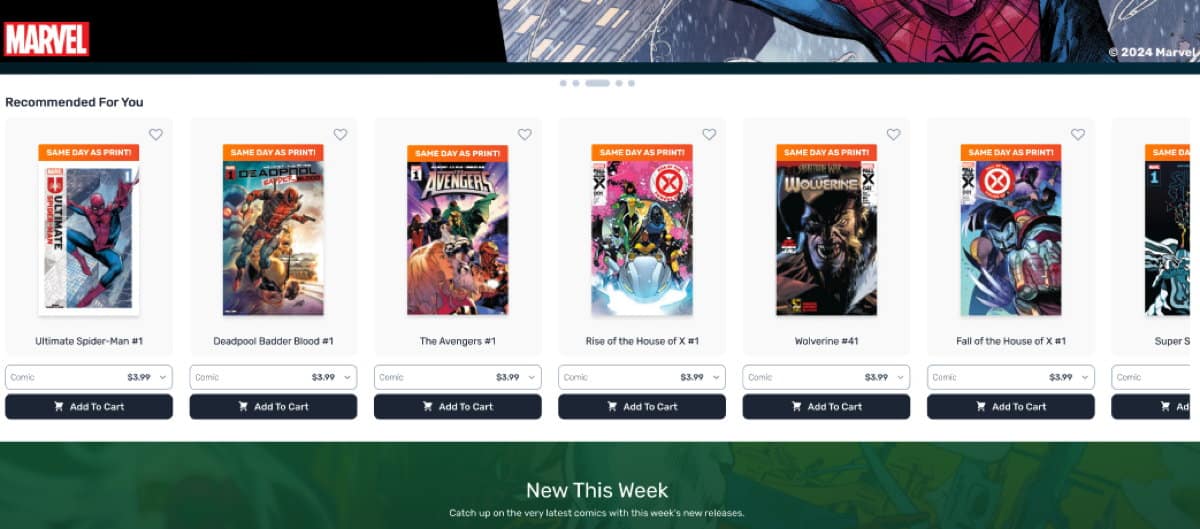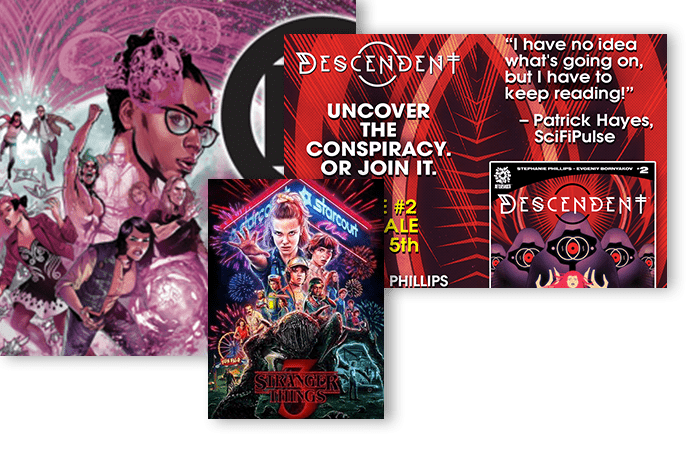Back in the innocent days of early 2021, I was stuck at home as Omicron raged, and desperate for human contact. And something called “NFTs” were roaring into life as other bored people at home decided to thrill seek by buying things.
As the two things converged I found myself taking a lot of calls from people who wanted to explain NFTs and how awesome they were to me. If I’d listened to them I would have made a lot of money…but that’s never been my game. A crypto-skeptic from jump, I was impressed by a few things that I kept being told. One was that the blockchain was a secure home for contracts so no one would ever dispute one again. A fireproof filing cabinet is also a secure home, but sure.
The other was that the blockchain would store contracts and royalty payments – so that when an oh-so-collectible NFT was resold the original artist would get a royalty – typically 5-10% paid by the reseller. This is a sore subject in the art world, with royalties rarely being paid even when art goes up in value and gets sold, so the idea that this would be enforceable on the blockchain was an appealing one…and just about the only positive thing I could see about the whole craze.
Well, fast forward to the end of 2022, and just about two years later crypto itself has cratered, Madoff-pyramid-scheme-style, and Reuters reports that NFT sales are down 99%, the lowest point in 15 months. And suddenly we’re seeing headlines like this:
The OG Streetwear Designer Fighting for NFT Creator Royalties
Crypto winter is here—and NFT artist royalties are under threat
OpenSea Again Changes Course on NFT Royalties After More Creator Pushback
If you are reading this and can still hold your mobile device evan as you roll on the floor in a fit of “I told you so” laughter, here’s a little bit more about how NFT royalties were never guaranteed.
As sales sank, NFT marketplaces have been increasingly ignoring artist royalties, as Brady Dale at Axios reported about a month ago. And despite what every one was telling me two years ago, it turns out, royalties were never actually “written into the blockchain,” as Brady writes:
A part of the popular narrative around NFTs was that royalties were built into the operation of the blockchain. This was never true.
- The documentation of each NFT simply requests a royalty and, until very recently, most marketplaces just honored that request.
- Anecdotally, NFT creators have also been asking for more and more lately, putting more and more pressure on marketplaces to drop all royalties.
“Honored the request”! B-but I thought the blockchain was IMMUTABLE LAW THAT LASTS FOREVER!?!?!?!?!? I was told it would do everything for me and then make me oatmeal for breakfast.
But as NFT prices get lower and lower, royalties are increasingly being ignored: Magic Eden and LooksRare, among the larger NFT marketplaces, have made royalties optional. OpenSea, the largest NFT marketplace, has been waffling on the whole thing, but due to pressure from creators, had to announce that they would be encouraging payment of royalties, including offering a tool blocking sales on platforms that don’t recognize them. OpenSea CEO and co-founder Devin Finzer was just SHOCKED, totally SHOCKED, at the pushback from creators.
I’d like to repeat again: despite what we’ve been told over and over again by those who thought NFTs were a revolution for artists, blockchain contracts do not automatically enforce royalty payments. As Art Newspaper reported:
Even though NFT creator fees are contracts, blockchain code cannot actually enforce token transfer stipulations, rendering those contracts essentially voluntary by design. From an operational perspective, royalties were never guaranteed on the blockchain; instead, the documentation of each NFT only requests a royalty, a procedure that platforms have previously honoured in more favourable market conditions.

Through this whole ordeal charade, whenever I heard the term “gas fees” I kept wondering if NFTs were just a lot of hot air; sadly, claims that art on the blockchain would guarantee artists passive royalty payments have absolutely turned out to be just a lot of bullshit.












When NFTs were first broached, one often heard the canard that they would enforce some kind of digital rights management. As anyone who knew the slightest thing about IT could attest, this was total nonsense and a first sign that this was a flim-flam. An NFT is nothing more than a receipt. That is literally it. If it’s a digital work of art, then it’s a signed receipt. For a physical piece of art, since every digital scan is different, it’s worthless. Unless you scan the art and then destroy it, which is where I was afraid things would go with NFTs (You know people would be saving only 72dpi scans of their Kirby artwork). Good to hear they are imploding.
What’s the point of storing digital receipts in a public blockchain (instead of say Google Drive, for when you need it)? The argument is that it provides a provenance chain from say the original artist. This is certainly a laudable goal. Especially if you’re the IRS.
The answer to this is “it depends” the NFT transaction itself is just that a record of a transaction. However if the contract that processed the transaction has got royalty code it will be followed under the right conditions so it’s certainly not as black and white as portrayed in this article.
There are a few contracts involved in a sale though and there does have to be compatibility between the NFT collection contract and the marketplace it’s being sold through and an active royalty configuration in play. So in a nutshell Blockchain does not have royalty handling active by default but it’s certainly capable to handle this. I purchased a couple of comics on cryptocomics.com (polygon) and I know they pass on royaltiesa to their creators on initial and secondary sales.
Comments are closed.